All About: Vital Wheat Gluten (And Why It Deserves a Place in Your PANTRY)
Vital Wheat Gluten. What is it? Is it a staple in your pantry? Why should you have it on hand if you are baking bread? All of these questions I asked myself as I started baking bread many years ago. As I would research a recipe, oftentimes I would find the author recommending vital wheat gluten. Initially I had no idea what it was or why it should matter, but I started using it. I don’t always keep bread flour (or high gluten flour) on hand. If there is one ingredient that has made a big difference in my bread, vital wheat gluten is it. Read on to learn what it is and why you should have it in your kitchen. This info can help you to make some seriously delicious loaves of bread.


What is Vital Wheat Gluten?
Vital wheat gluten is the natural protein that is found in wheat. It is made by hydrating wheat flour (this activates the gluten) and then processing the flour to remove everything except for the gluten. The gluten is then dried and ground back into a powder. Many people use it to make seitan which can be used as a meat substitute. It is very popular in some Asian cultures, where it is mixed with water and some spices to form a “dough” and then cooked. It becomes very chewy and has a meat-like texture.


The Importance of Protein Content in Flour
Vital wheat gluten is made from the protein in the endosperm of a wheat berry. For more info on wheat and the best type of flour for your bake, look here. Typically it is made up of anywhere from 75%-90% protein. The more protein in flour, the stronger the gluten bond is in the flour. A strong gluten bond traps the gas produced by the yeast and gives a strong rise to your loaf of bread. If you are having issues with your bread not rising well or recipes not turning out exactly as you like, check the flour you are using. Protein content matters.
- Soft Flour: Anywhere from 5%-10% protein, best used in pancakes, waffles, quick breads where you want soft, tender quick breads and don’t want the gluten to develop.
- All Purpose Flour: 9%-11% protein, best all-around flour for your kitchen. Can be used to make pancakes, waffles, muffins, breads and give a good result. If you are making bread, add some vital wheat gluten for superior results.
- Bread Flour (hard flour): 11%-13% protein, best for baking bread (no need to add vital wheat gluten, unless you are working with whole wheat flours).

All Purpose Flour vs Bread Flour
In a standard home kitchen, you may use only all purpose flour. It is the most common flour and has a protein content of anywhere from 9-11%. You can make good bread from most brands of all purpose flour. If you want to make superior bread, it is best to increase the flour’s protein content. You can do this by buying bread flour which has a higher protein content OR you can add vital wheat gluten to your all purpose flour, essentially making your own bread flour. This increases the protein content of your flour, which results in a better loaf of bread. For best results, sift the gluten together with the all purpose flour, though if I’m being completely honest here, I often just throw in a few Tablespoons about halfway through adding flour, and it works well too.

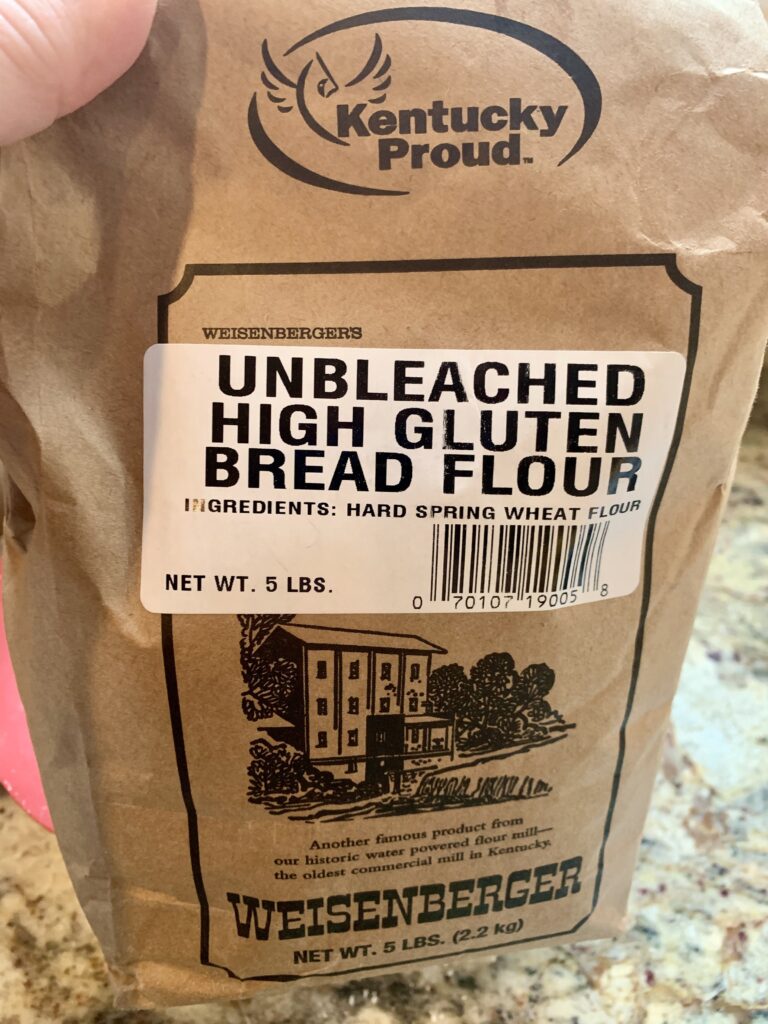
How Much Should I Add?
When baking with vital wheat gluten, you want to be careful not to add too much to the recipe. My rule of thumb is to add 1 teaspoon for every cup of flour the recipe calls for. Wheat gluten absorbs liquid at a higher rate than traditional flour, so you may need to increase your liquid by a few Tablespoons. Let the dough be your guide.

Whole Grains and Vital Wheat Gluten
Vital wheat gluten is especially helpful when baking with whole wheat and whole grains. Adding a little to bread made with whole wheat flour produces a soft, light and fluffy texture to a bread that can often be a little coarse. Whole wheat flour typically has all of the bran, germ and endosperm in it. The bran has little shards or sharp edges that cut the strands of gluten forming in the dough. Whole grain loaves tend to be more dense and don’t rise quite as tall as loaves made with processed white flour. Adding a little gluten and some extra liquid to these whole grain doughs helps soften the texture and give more oven rise in baking.
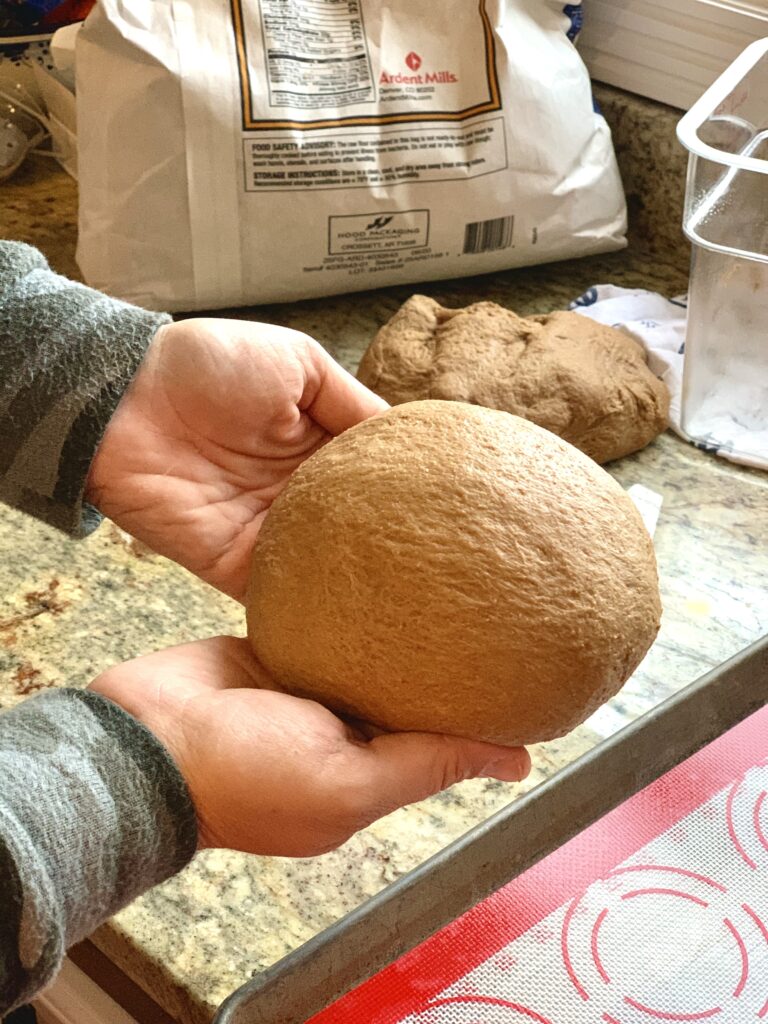
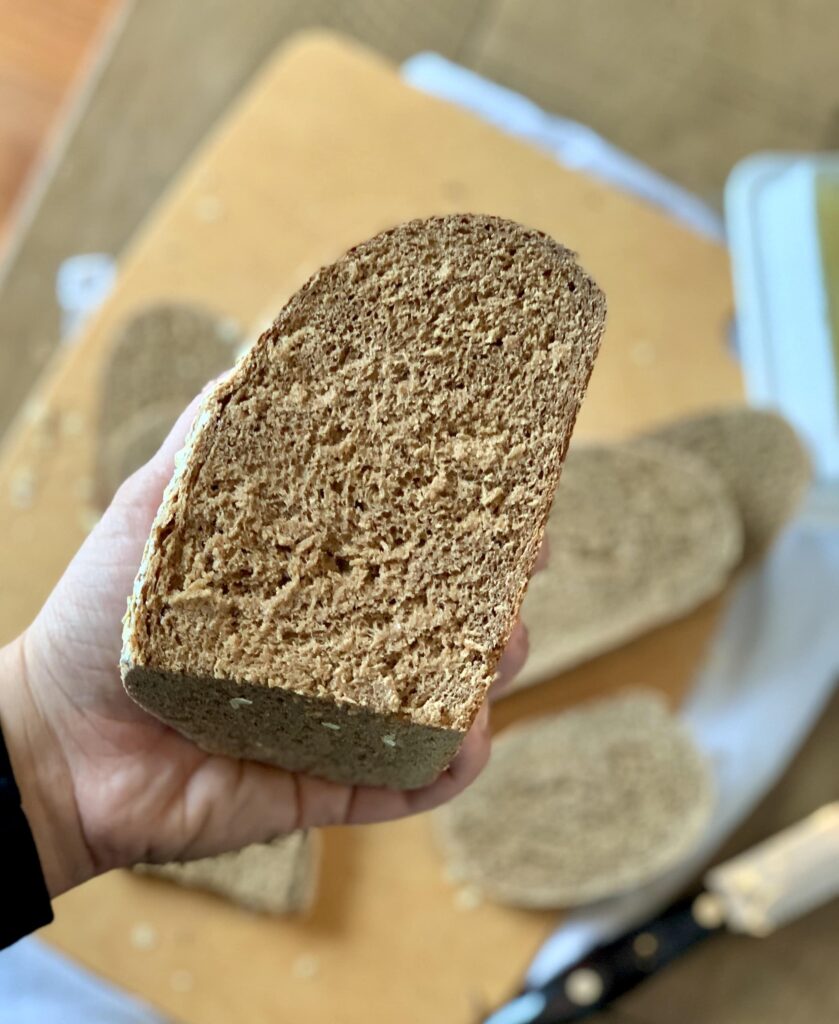
Substitutions
So what should you do if you come across a recipe that calls for vital wheat gluten and you don’t have any? In a bread recipe, the vital wheat gluten is there to help give structure to the bread. If the recipe calls for all purpose flour and vital wheat gluten, you can substitute bread flour (you may need a little less flour due to the high protein content in bread flour). If a recipe calls for whole wheat flour and vital wheat gluten, you can leave out the gluten. Your whole wheat bread will not rise quite as high and tall or taste quite as soft as it will if you add in the wheat gluten, but it shouldn’t stop you from making a delicious loaf.


A Pantry Staple
I have never made seitan, but I use vital wheat gluten almost weekly in my baking. I buy this large bag from Amazon (affiliate link) and it lasts me a long time. You can also find smaller sized bags (affiliate link) at your grocery store, usually in the baking aisle. A small amount, when added to yeast bread recipes, improves the texture and elasticity of the dough. It helps produce tall, round loaves and gives a light and fluffy texture when used in moderation. It also helps soften breads made with whole grains and results in a superior bread bake. Add it to your grocery list and start using it in your baking. You won’t regret it!


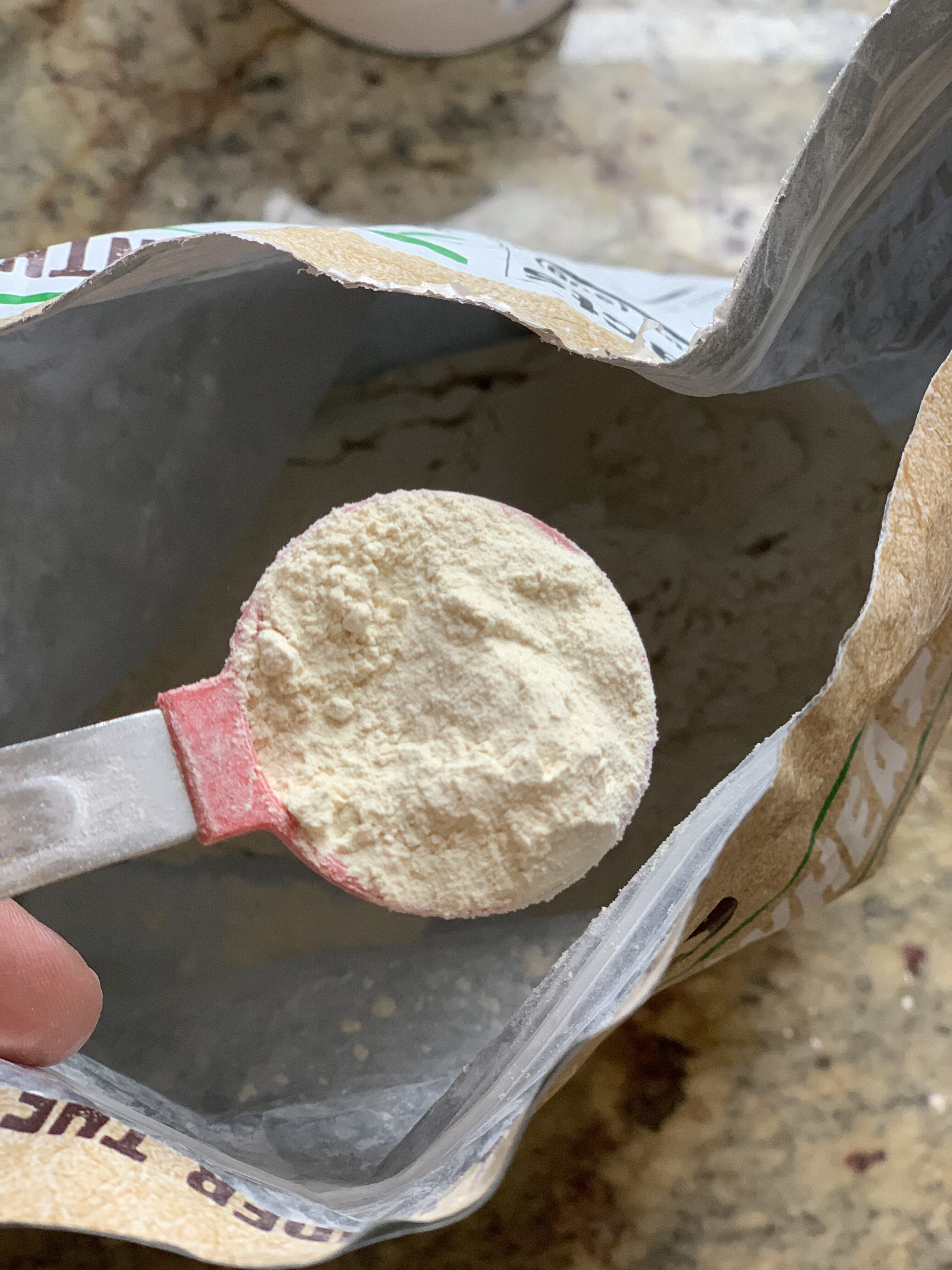
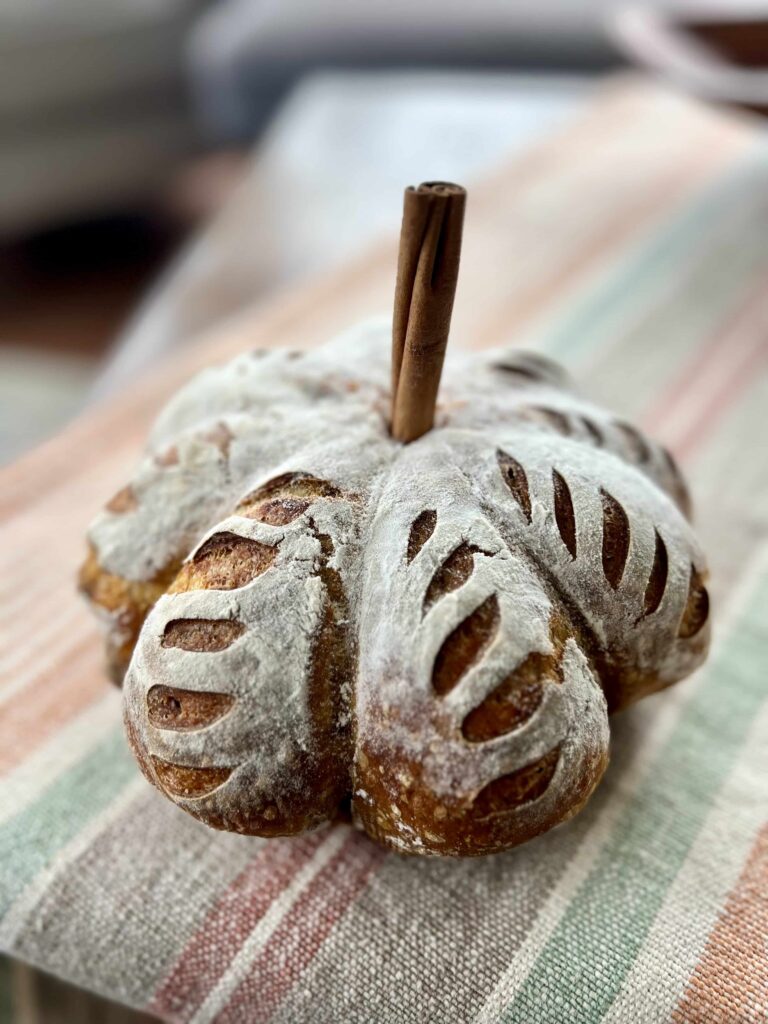

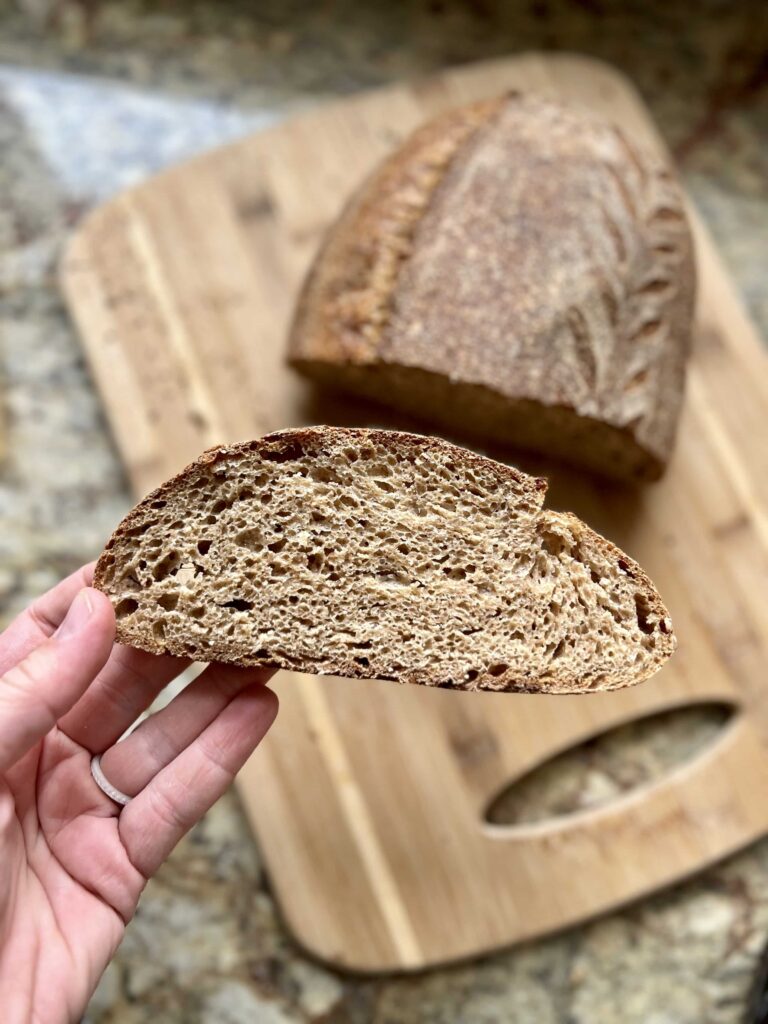
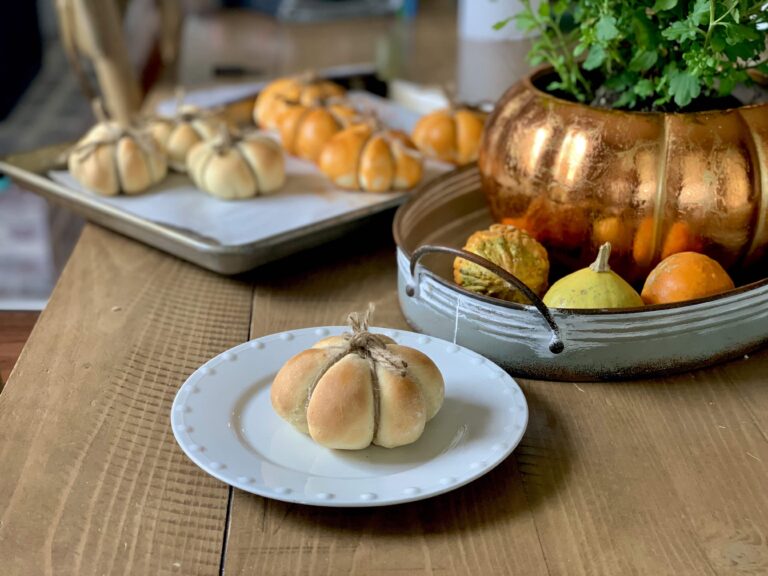
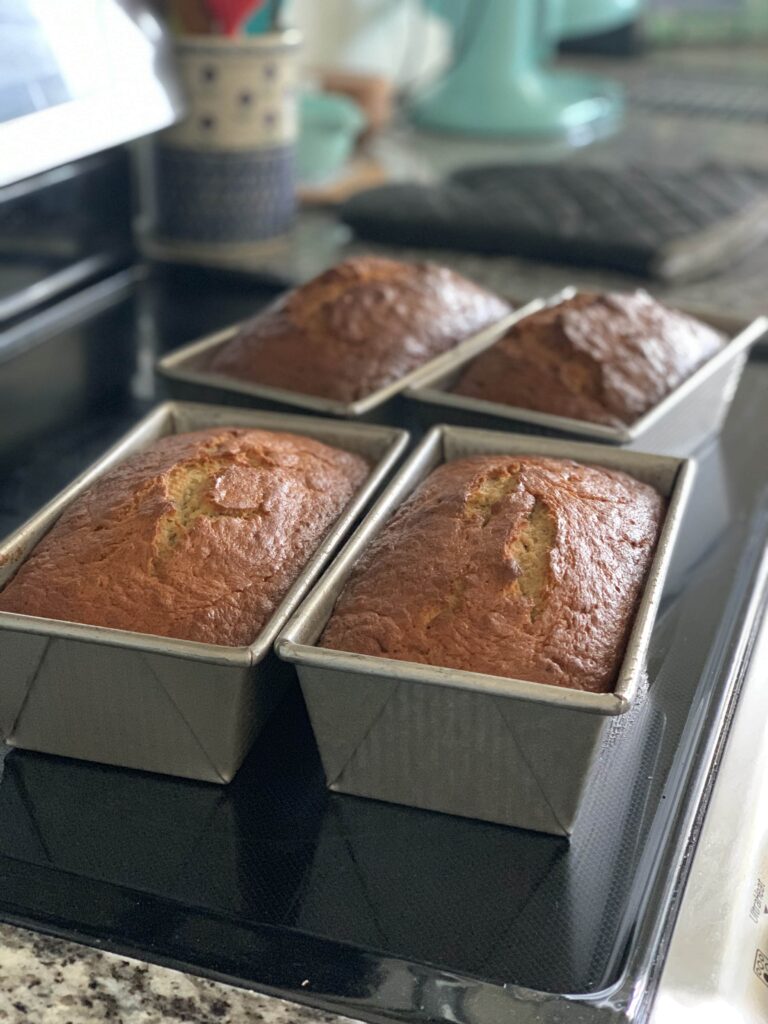
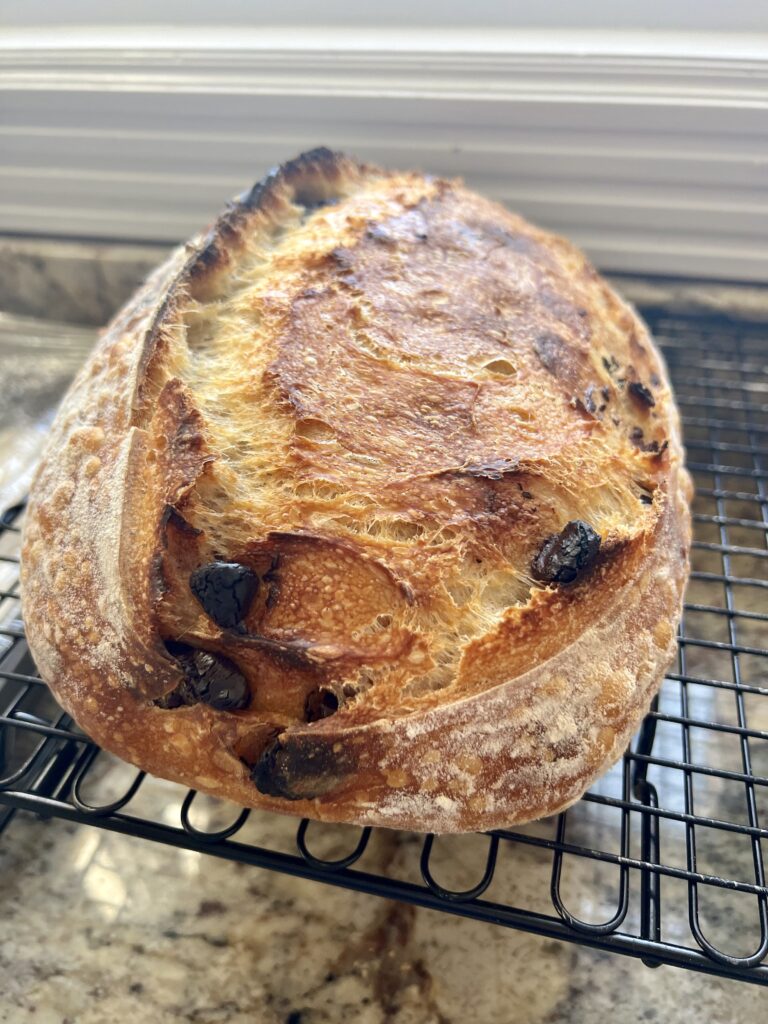
I have not used it, but have tasted it with your baking! Looking forward to learn it more about it! 🍞😋